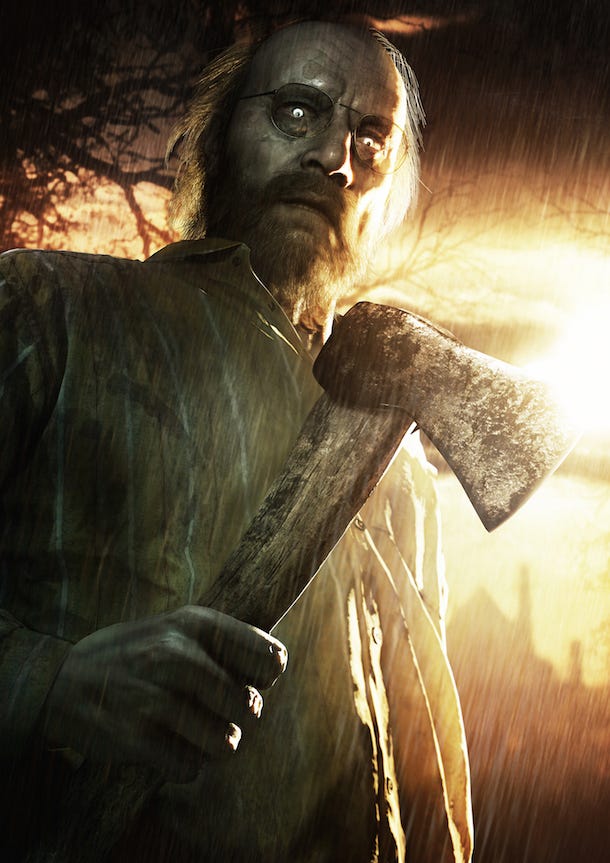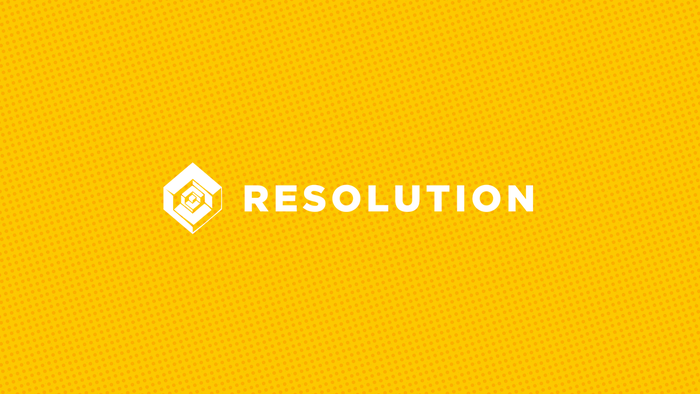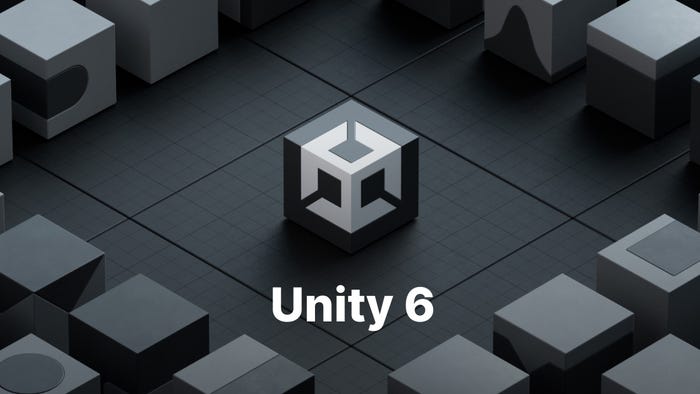Undercover Artists Bring Skills to One of Today’s Most Popular Video Games
Keeping Secrets! A behind the scenes look at creating a video game hit.

How good are you at keeping secrets? Major, impress-the-hell-out-of-all-of-your-friends, maybe even more extraordinary than a CIA kind of secrets---the kind of big secret that you can’t even hint about for two years minimum? Because that’s what it takes to be a member of Technicolor’s Animation and Games team, and that’s in addition to the wide variety of technical prowess, limitless creative talent, and seemingly telepathic communication abilities. If you’ve got what it takes, and can keep a secret, the reward is being involved in the production of some of the most anticipated games across platforms, while working with multiple publishers and developers.
In my role as VP Creative for Technicolor’s Animation and Games division, I oversee our team of close to 1500 art, technology and animation experts globally. Our games animation team’s work ranges from bringing the skills of our key frame animators—honed over years of high end production animation—to bear on producing stylized key frame animation for a new mobile title, to performance capture enhancement, hybrid character animation, facial animation and more. Our teams serve as collaborative extensions of the core development teams for such leading game developers as Capcom, Activision, Electronic Arts, Ubisoft and Sony Computer Entertainment America, among others.
One recent highly successful collaboration involved members our Animation team working for over two years with Capcom on its newest release, Resident Evil 7 biohazard. The well-received, terrifying horror game, which is one of the biggest games with a VR option to date, had us working undercover for most of those two years; the first 18 months of which even we didn’t know what game we were animating for…although we had our suspicions, and that’s where being good at keeping secrets comes in.

Let me provide the backstory.
On any given day at the studio, we can be simultaneously working on titles for multiple publishers and developers, in an ecosystem that is obviously and necessarily fiercely competitive and secretive. So the need for total confidence in our confidentiality is paramount. For a company like Technicolor, discretion and security are critical components in our relationships with developers, as we construct teams which mirror and add scale to the game developers’ internal teams.
So when Capcom’s core development team in Osaka, Japan began discussions with Technicolor’s team in Bangalore, India, we learned that the project was in the horror genre, involved performance or motion-capture animation and some original key frame animation and that it was a brand new project. We dove in on what was estimated to be a two-year project.
Adding to the challenges of the collaboration, in addition to being some 6,000 kilometers away from each other and working undercover, Capcom’s Osaka development team’s Japanese and our English required the employment of expert translators who could not only deliver Japanese to English and vice versa, but who were also well versed in the terminology of both animation and gaming while also respecting our demand for ultimate secrecy. Thankfully, with nearly a decade of collaborative game development projects to our credit, Technicolor has incredible resources for facilitating any client need imaginable, including a “dictionary” of animation terms provided to the translators, so they didn’t hit snags with technical terminology. You can try bouncing some technical instructions back and forth in Google Translate between Japanese, Hindi, and English to get an idea of how wrong things could go if you weren’t careful with your choice of translator!
For the next 18 months, the Capcom and Technicolor teams collaborated on principal in-game animation, with Capcom providing raw performance capture content and Technicolor polishing, embellishing where appropriate and enhancing that footage. We also key framed a variety of creatures, polishing and tightening animation based on the translated notes from Osaka to know when an animation sequence had hit the mark or when we needed to take a different approach.

The complexity of in-game animation is why developers have historically looked to cinematic animation more for external help—it’s been easier to bundle up and hand over to an external studio, so this work demanded a very integrated collaborative approach, both in terms of the pipeline itself as well as the mindset of the animators involved. Frequent video conferences and calls were de rigueur throughout. Developing a rhythm between our team and the game designers and tech artists in Osaka as they tuned animation blends and timing, without losing momentum was paramount. And as a result, the two teams devised a method of using blend space animations to create seamless animation transitions which are triggered by the gamer’s choice of action.
At times, in an effort to get their points across and understood, Capcom and Technicolor’s teams would often act out a reference or instruction regarding traits or characteristics for some of the game’s more unique creatures. If only we’d kept a video diary of the project, that footage would have made for a very entertaining blooper reel! 
Keyframing creatures in this world became highly sought after work amongst the team, and presented an interesting animation challenge in the form of giant bugs that despite their 8 or 9- inch length, still needed to move and feel like bugs. This is extremely challenging with the restrictions of the rigs and controllers we work with in in-game animation, but as Technicolor’s team always aims for the highest possible level of believability, the resulting insects seem to do everything but inflict itchy bites on unsuspecting gamers!
Eventually, as our team members’ passion for the project intensified, they seemed to develop an almost telepathic ability to communicate with the Capcom team. Overall, the partnership deepened and the teams became very well integrated, yet Capcom continued to provide just enough information to give the animators something to sink their teeth into, so to speak, without giving away the whole story behind the game.
Finally, while strolling the aisles of E3 last year, I happened upon Capcom’s mansion display with the “Beginning Hour” demo for Resident Evil 7 biohazard and was just sure I recognized some of that animation! I couldn’t help but to text the team in Osaka and proudly proclaim my detective skills. We finally had it confirmed what we’d been working on for all this time! Now that the game was public, I shared with the Technicolor team so they could share in the excitement that their hard work was all part of the new Resident Evil game; of course they were thrilled and honored to be collaborating on such an iconic title. (We still kept cast iron confidentiality of course).
So finally when I got to play the full game, Resident Evil 7 biohazard, I went all in and of course flipped to the VR option on my PS4. After the opening cinematic and backstory setup that deposits you on a driveway leading up to that house, I spent as much time as possible wandering around in the bush looking for any reason possible not to go into the house. I found a few bits and pieces, saw a strange dude who seemingly vanished, kept walking around, looking under bushes and in hedges, ”exploring the grounds”, but eventually after about 20 minutes, I just had nothing else left to do but mount the creaky steps up to the porch, toward that front door. As the front door slowly creaked open to reveal, in sharp contrast to the afternoon sun outside, a house which is pitch black inside, I instinctively yanked the headset off and decided that had been quite enough for now!

All of us at Technicolor thoroughly enjoyed working with Capcom and appreciate their trust in us to deliver the animation requirements for this high profile release. Capcom’s choice also validates Technicolor’s commitment to serving the creative community, overcoming distance and language challenges in becoming a valued and trusted extension of a client’s in-house development team.
Read more about:
BlogsAbout the Author(s)
You May Also Like








